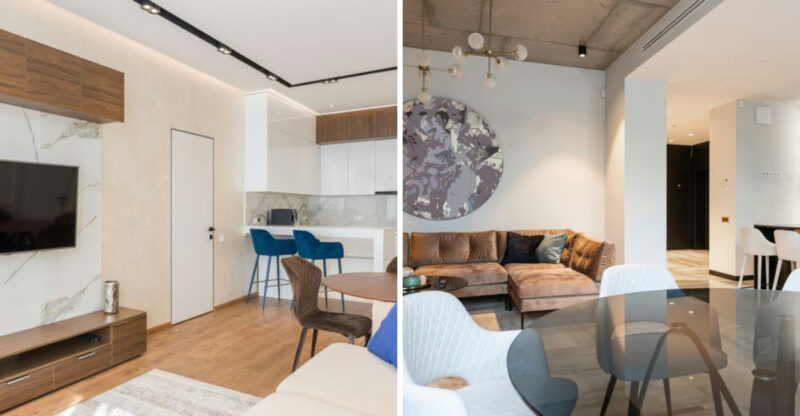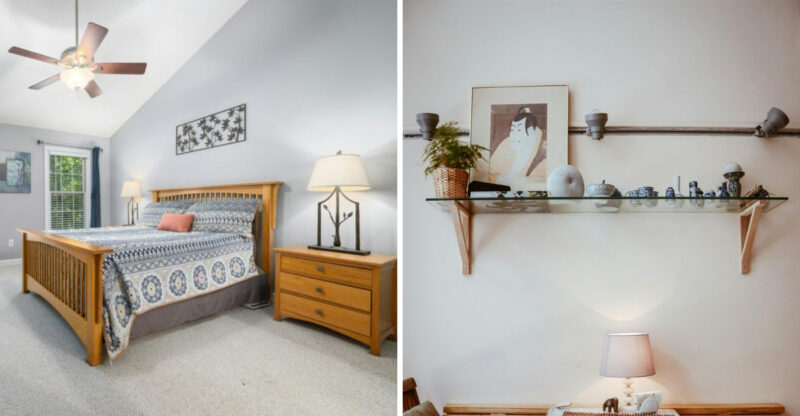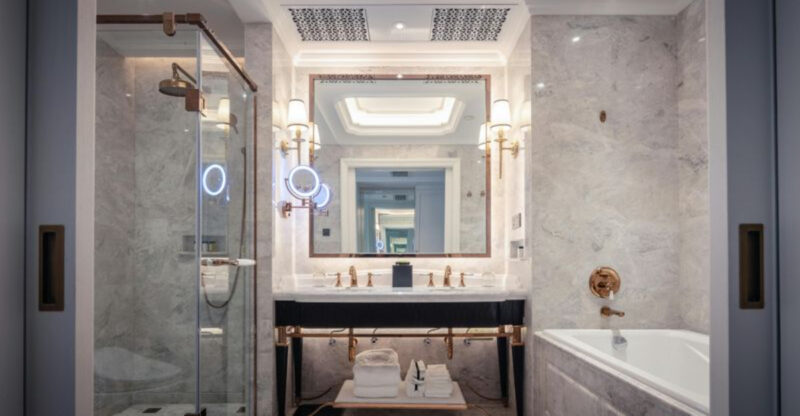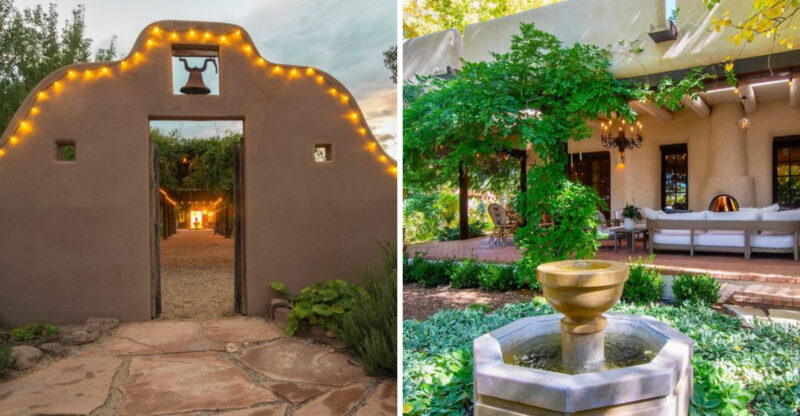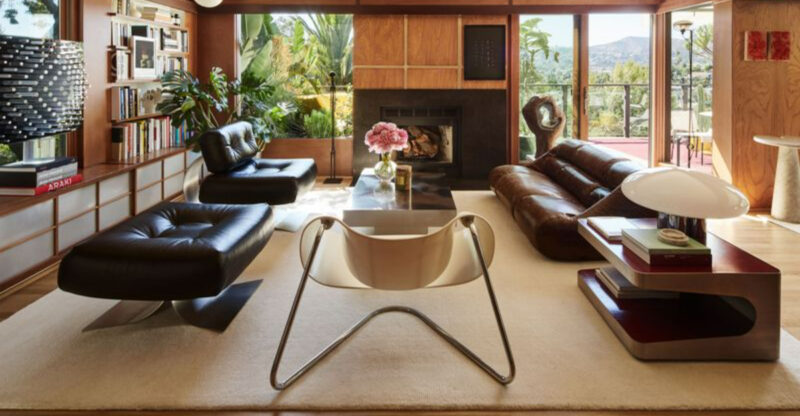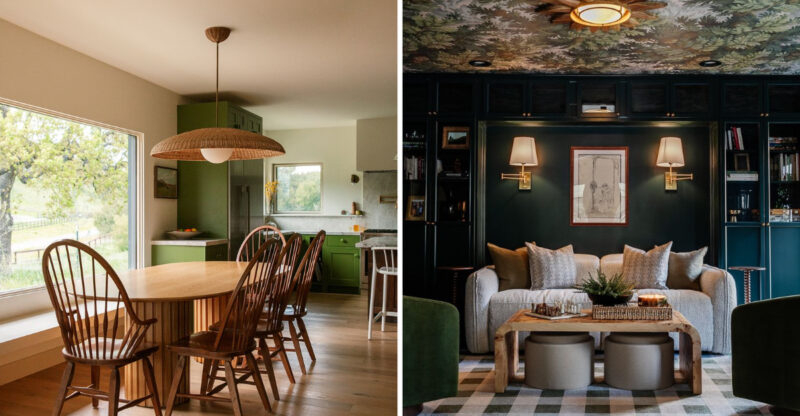Paint Mistakes Making Your Colorado Home Feel Cluttered Instead Of Calm
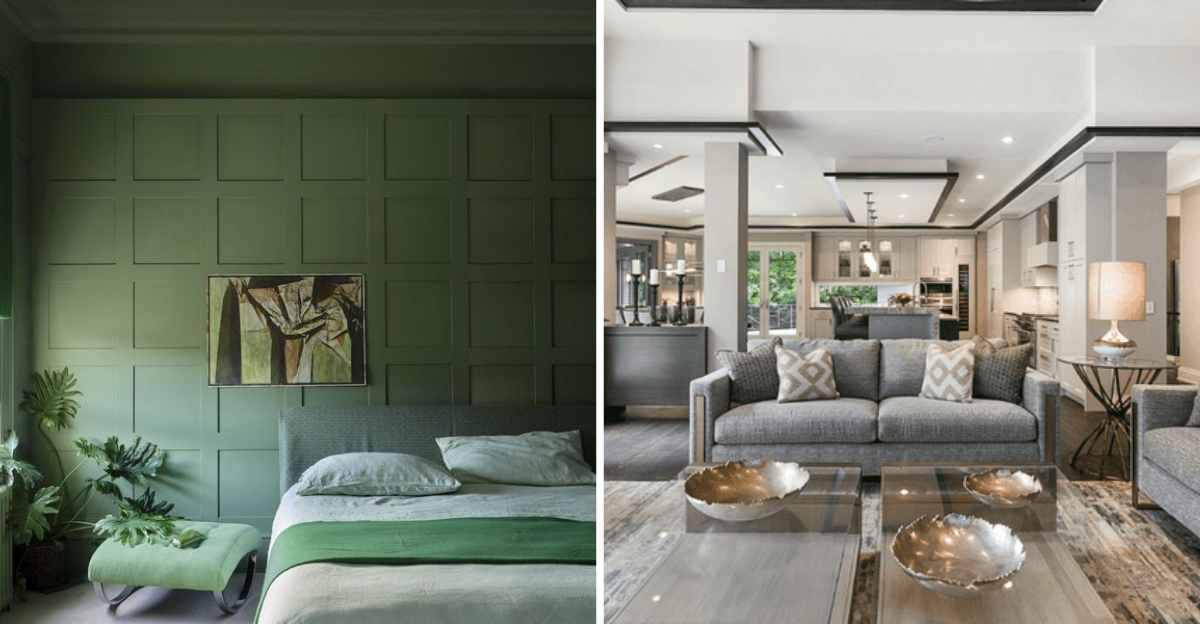
Your home should feel like a peaceful retreat after a long day, but sometimes the paint choices you make can actually work against that calm vibe.
Colorado homes have unique lighting and style needs, and certain painting mistakes can make rooms feel messy, cramped, or just plain overwhelming.
If your space feels more chaotic than cozy, the problem might be hiding in plain sight on your walls. I’m here to walk you through the most common paint mistakes that could be stealing your home’s serenity.
1. Using Too Many Bold Accent Colors Throughout Your Home
When you paint every room a different vibrant color, your eyes never get a chance to rest. I’ve seen homes where the living room screams red, the hallway shouts yellow, and the bedroom bursts with purple. All that visual noise creates a carnival atmosphere instead of a calming sanctuary.
Colorado’s natural beauty thrives on earthy, harmonious tones, and your interior should reflect that peaceful energy. Stick to one or two accent colors maximum and use them sparingly across your home. This creates a flowing, cohesive feel that lets your mind relax.
Your home becomes a unified space where each room connects naturally to the next, promoting that mountain-home tranquility you’re after.
2. Painting Your Ceiling the Wrong Shade of White
Did you know that not all whites are created equal? Some ceiling whites have yellow or cream undertones that can make your room feel dingy and closed-in. That yellowy cast absorbs light instead of reflecting it, which is especially problematic in Colorado where we treasure our abundant sunshine.
Choosing a crisp, bright white with blue undertones opens up your space and bounces natural light around beautifully. It makes ceilings feel higher and rooms feel airier.
I always recommend testing your ceiling white in different lighting conditions before committing. The right white ceiling acts like a fifth wall that enhances spaciousness rather than shrinking your room down.
3. Ignoring How Colorado’s Intense Sunlight Changes Paint Colors
Colorado sits a mile high, and that elevation means our sunlight is significantly more intense than at sea level. Colors that looked perfect in the store can transform completely once they’re on your walls soaking up all those UV rays. I’ve watched calming blues turn electric and soft grays go nearly white under our powerful sun.
Always test paint samples on your actual walls and observe them throughout the day. Morning light, afternoon glare, and evening glow each reveal different color personalities.
What works in Seattle or Boston might look totally wrong here. Give yourself at least two full days to watch how your Colorado sunshine plays with your chosen shade.
4. Choosing Dark Colors for Small or North-Facing Rooms
It’s tempting to go moody and dramatic with deep charcoal or navy walls, but this backfires spectacularly in smaller spaces. Dark colors absorb light rather than reflect it, making your room feel like a cave instead of a cozy nook. North-facing rooms already receive less direct sunlight throughout the day, so adding dark paint doubles down on the gloom.
I recommend saving those rich, dark hues for larger rooms with plenty of windows and southern exposure. In tighter spaces, opt for lighter shades that maximize whatever natural light you have.
Your room will instantly feel more open, breathable, and welcoming rather than suffocating and cluttered.
5. Skipping Proper Paint Prep and Leaving Visible Imperfections
Are you rushing through the boring prep work just to get to the fun painting part? I get it, but those shortcuts show up loud and clear on your finished walls. Drips, uneven coverage, visible brush strokes, and patchy spots all create visual clutter that your brain registers as messiness.
Even the most beautiful paint color can’t hide sloppy application. Take time to properly clean, patch, sand, and prime your walls before painting.
Use painter’s tape carefully and apply thin, even coats rather than one thick glob. Professional-looking results come from patience and preparation, and they make your space feel polished and peaceful rather than chaotic and unfinished.
6. Painting Your Trim the Same Color as Your Walls
When your trim disappears into your walls, your room loses all its architectural definition and character. This creates a flat, undefined space that feels oddly disorienting and cluttered because your eyes have nothing to anchor on. Trim serves as a visual frame that gives structure and order to your room.
I always suggest painting trim in a contrasting shade, typically a crisp white or off-white that pops against wall colors. This creates clean lines and highlights the beautiful woodwork and details in your Colorado home.
That contrast brings clarity and organization to your space, making it feel intentionally designed rather than accidentally painted.
7. Using High-Gloss Finishes in Rooms That Need Softness
Though high-gloss paint looks stunning on cabinets and trim, it creates a jarring, overstimulating effect on bedroom or living room walls. That shiny surface reflects every bit of light, every imperfection, and every piece of furniture, creating a busy, cluttered visual field. Your eyes bounce around the room instead of settling peacefully.
Bedrooms and living spaces benefit from matte or eggshell finishes that absorb light gently and create a soft, cozy atmosphere. Save your glossy paints for high-traffic areas like kitchens and bathrooms where durability matters most.
The right finish can transform the entire mood of your room from chaotic to calming.
8. Forgetting to Consider Your Flooring and Furniture Colors
How often do you fall in love with a paint color only to bring it home and realize it clashes horribly with your oak floors or leather sofa? I see this mistake constantly. Paint doesn’t exist in isolation it interacts with every other color in your room, and when those colors fight each other, your space feels jumbled and uncomfortable.
Before choosing paint, gather samples of your flooring, curtains, and major furniture pieces. Test your paint swatches against these existing elements to ensure harmony.
When everything works together in a cohesive color story, your room feels intentional, organized, and calm rather than accidentally thrown together and cluttered.
9. Painting Every Wall the Same Intensity Without Creating Depth
If you paint all four walls the exact same medium-intensity color, your room can feel flat, boxy, and strangely claustrophobic. There’s no visual flow or depth to guide your eye through the space. This creates a static, cluttered feeling even when the room is relatively empty.
I recommend using lighter shades on three walls and going slightly darker on one accent wall, or painting the ceiling a shade lighter than your walls. This creates dimension and makes your space feel larger and more dynamic.
Subtle variations in tone add sophistication and breathing room that transforms your home from flat to fabulous.
10. Choosing Trendy Colors That Don’t Match Your Colorado Lifestyle
It’s easy to get swept up in trendy paint colors from Instagram or home design shows, but what works in a Brooklyn loft might feel completely wrong in your Colorado mountain home. Trendy millennial pink or industrial concrete gray can clash with our state’s natural, outdoorsy aesthetic and make your home feel confused and cluttered.
Consider your home’s architectural style, your surrounding landscape, and your personal lifestyle before jumping on color trends. Colorado homes shine with warm earth tones, soft sage greens, and mountain-inspired blues and grays.
When your paint choices honor your location and lifestyle, your home feels authentic, cohesive, and genuinely calming.

